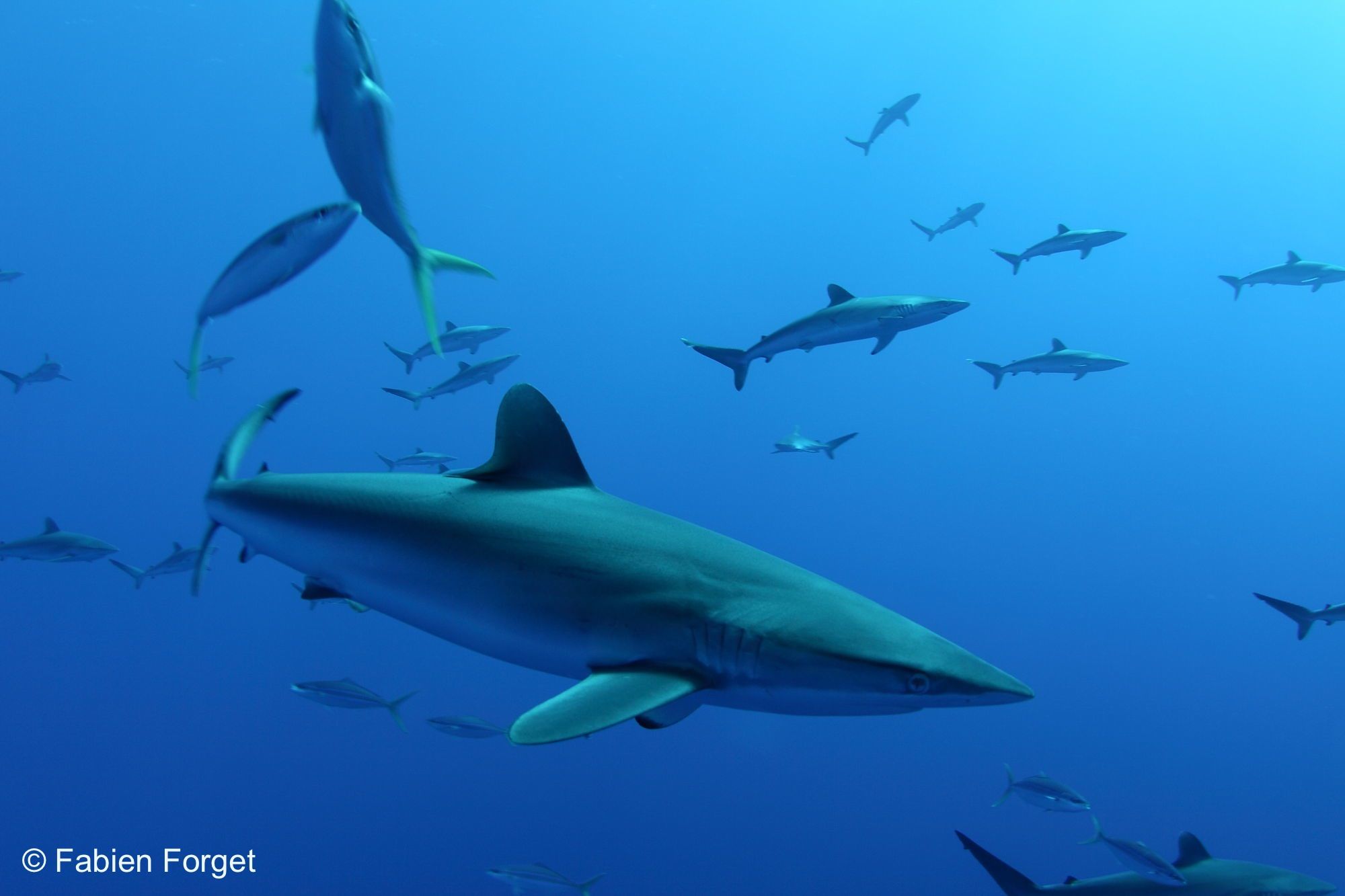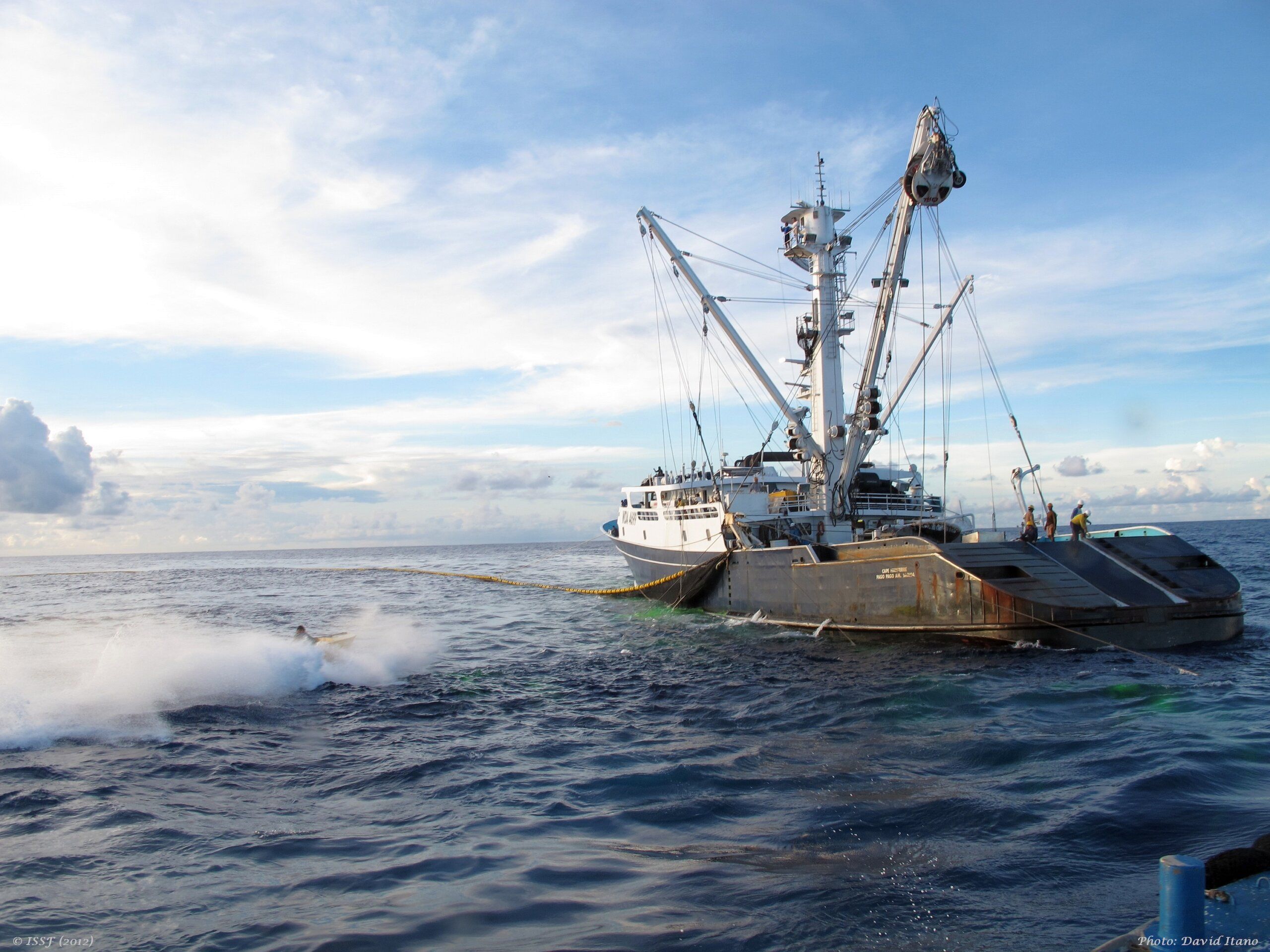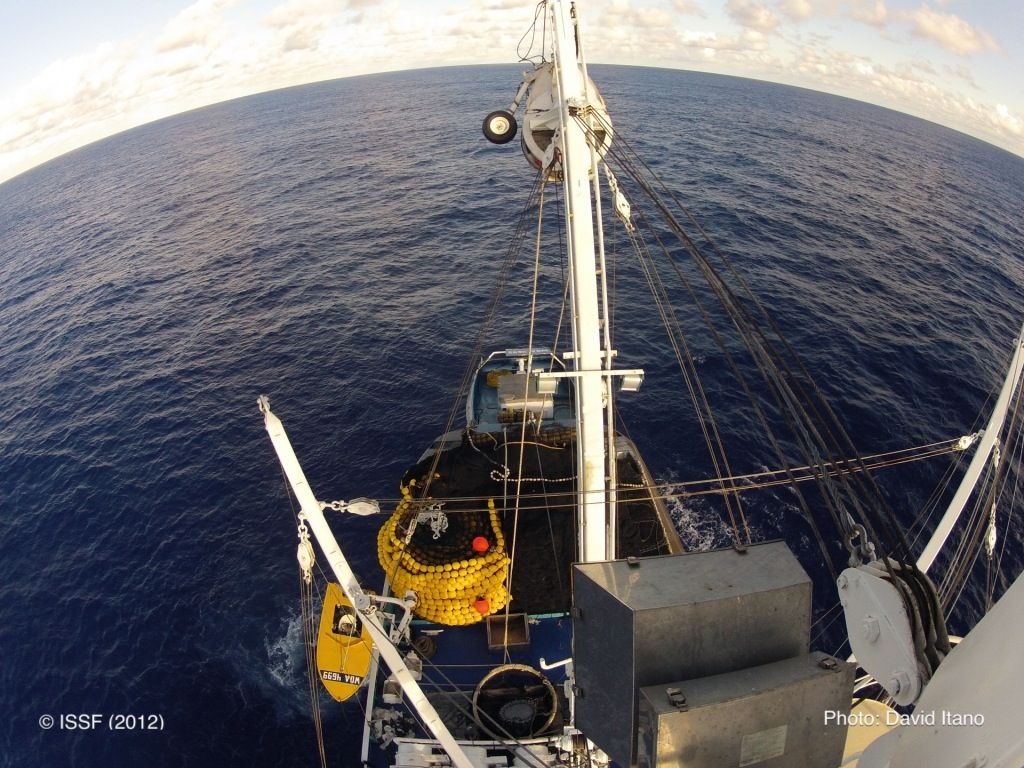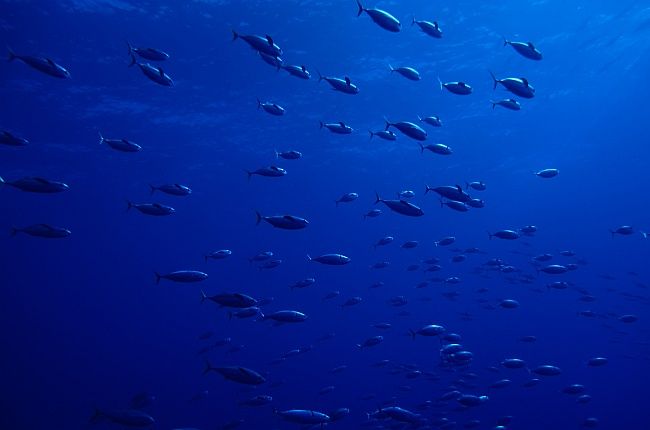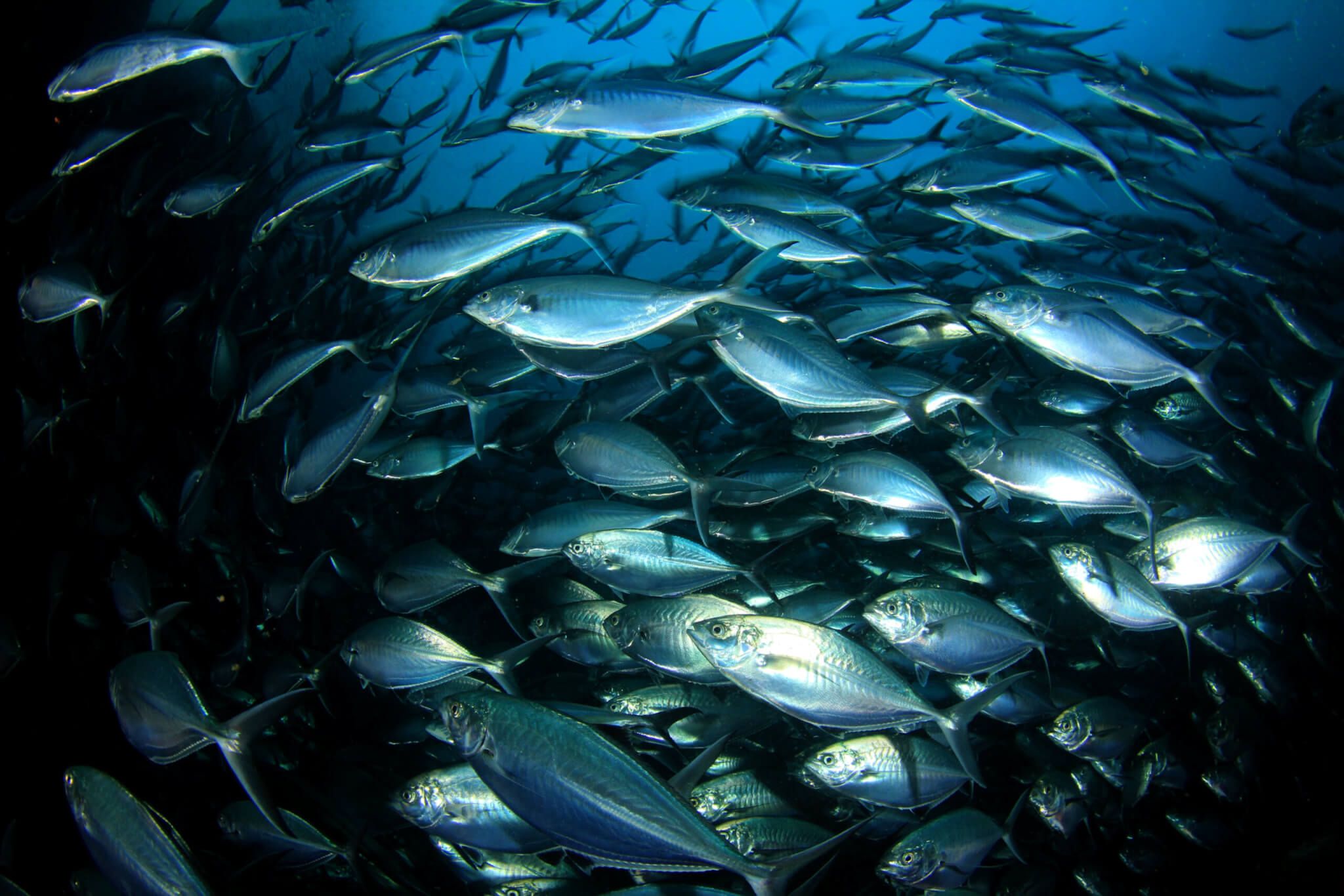Understanding Bycatch in Tuna Fisheries | UPDATED Tuna Fisheries’ Impacts Report
Featured Report
REPORT: Tuna Fisheries’ Impacts on Non-Tuna Species and Other Environmental Aspects
Fishers use different types of fishing gears and strategies to catch tunas. All tuna fishing methods have some sort of environmental impact, the most obvious one being the catch of non-tuna species, some of which are highly vulnerable.
An updated report, Tuna Fisheries’ Impacts on Non-Tuna Species and Other Environmental Aspects, summarizes some of the main impacts for fisheries that catch the major commercial tunas. It also analyzes the environmental scores obtained by different tuna fishery types certified by the Marine Stewardship Council, showing that most of the main fishing methods have some type of impacts on non-tunas, habitats, and ecosystems.
The report then reviews the management measures adopted by RFMOs to mitigate these impacts, and this information is complemented with a description of other conservation measures adopted by ISSF that enable seafood companies and vessels to improve the sustainability of tuna fisheries.
Featured Content
Reducing Bycatch: Efforts to Make Tuna Fishing More Sustainable
ISSF’s Bycatch Reduction webpage outlines the organization’s initiatives to minimize the unintentional capture of non-target marine species in tuna fisheries. The page presents efforts to reduce bycatch of sharks and sea turtles, particularly in purse-seine and longline fishing operations. It also highlights strategies such as modifying fishing gear, implementing best practices for releasing bycatch species, and supporting data collection to inform conservation measures.
Did you Know?
ISSF Participating Companies are seafood companies that have committed to conform to ISSF conservation measures for improving the long-term health of tuna fisheries — including bycatch mitigation measures for tuna fisheries that are intended to reduce catches of non‑target species including seabirds, sea turtles, marine mammals, sharks, and rays.
View Bycatch Mitigation Measures
ISSF in the News
Reeling in Responsibility: The Path to Sustainable Tuna Fisheries
TriplePundit
